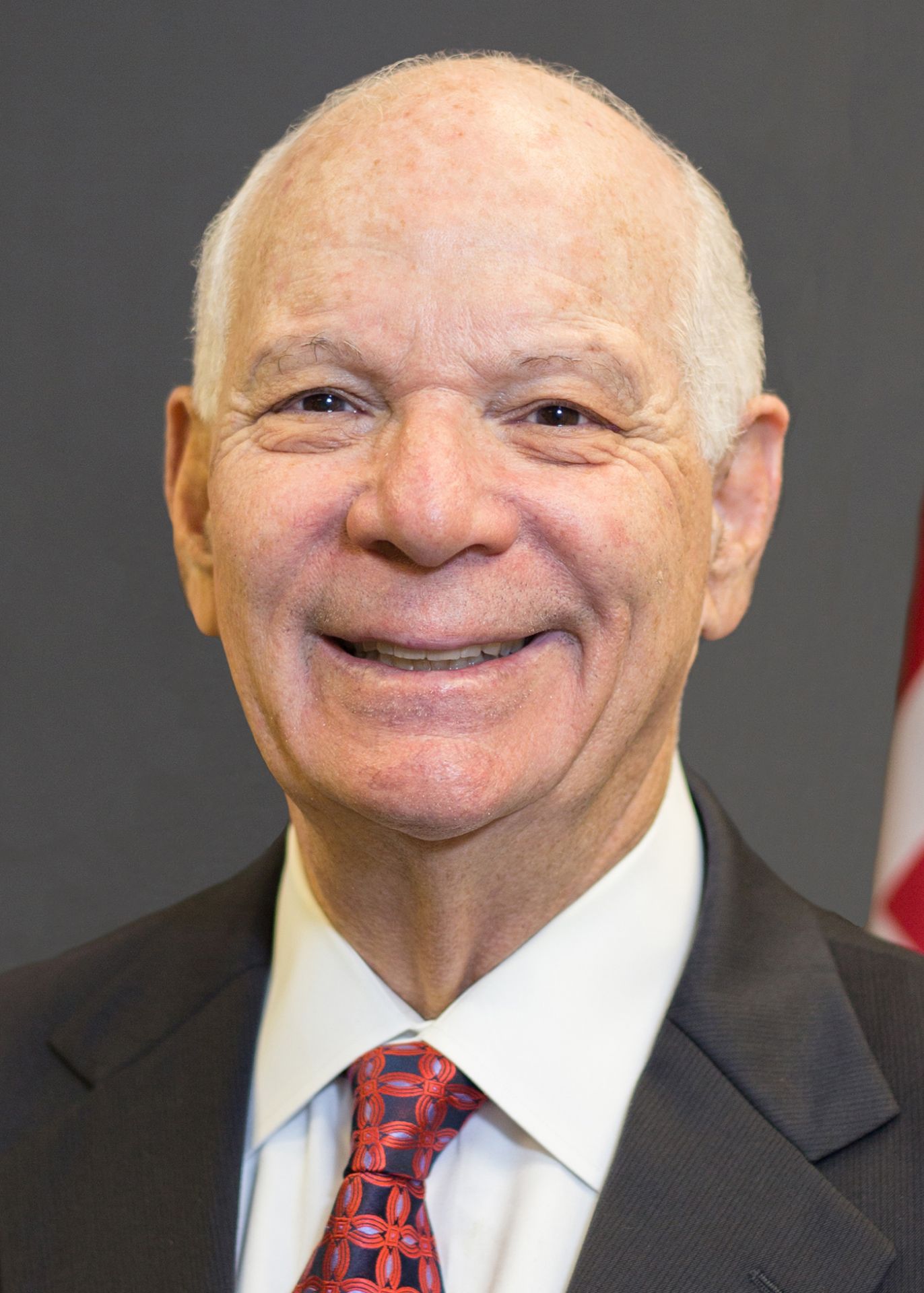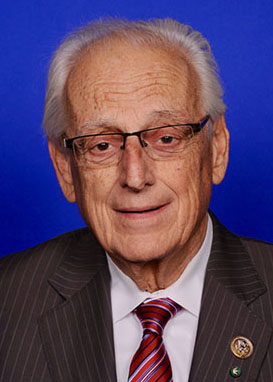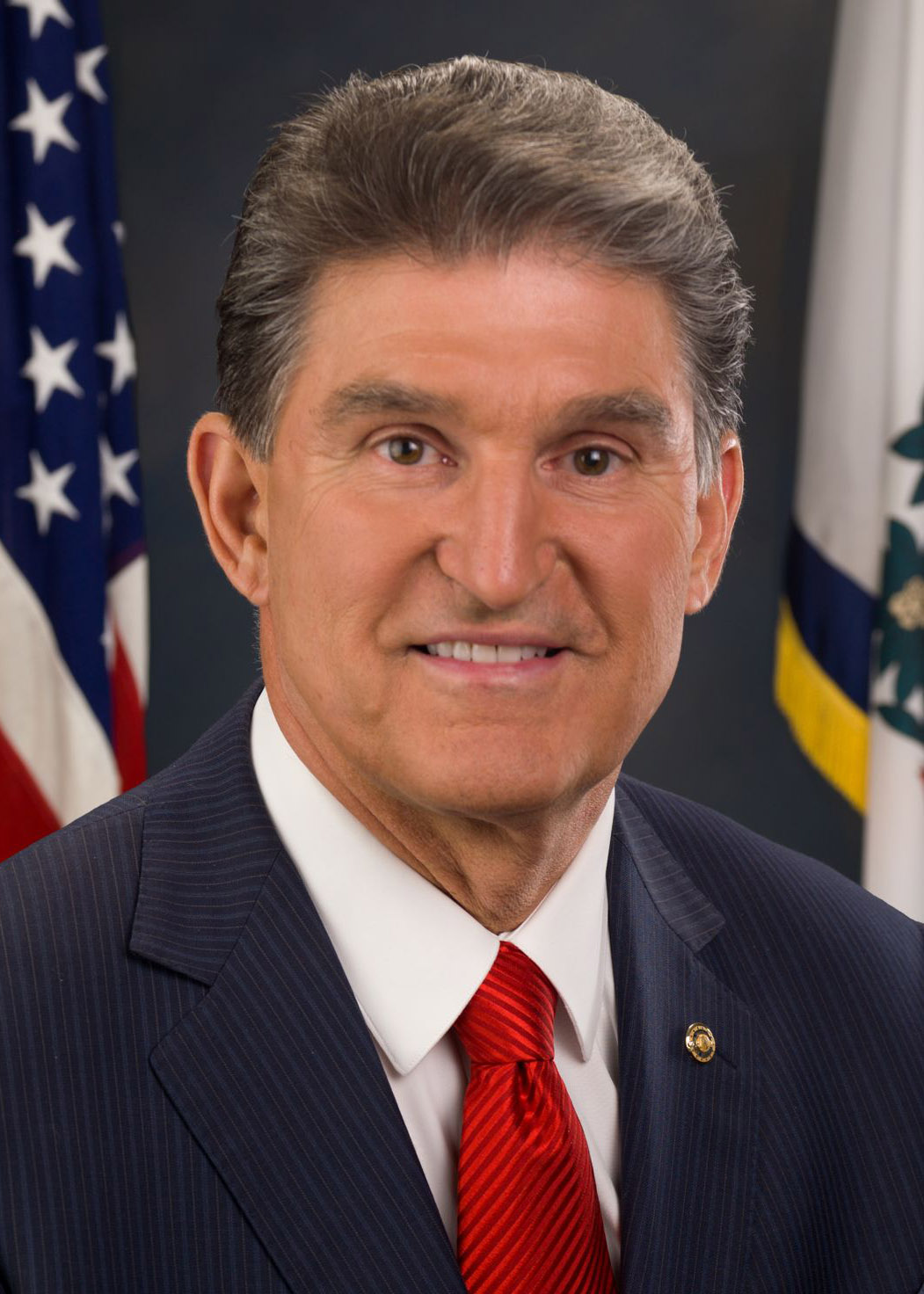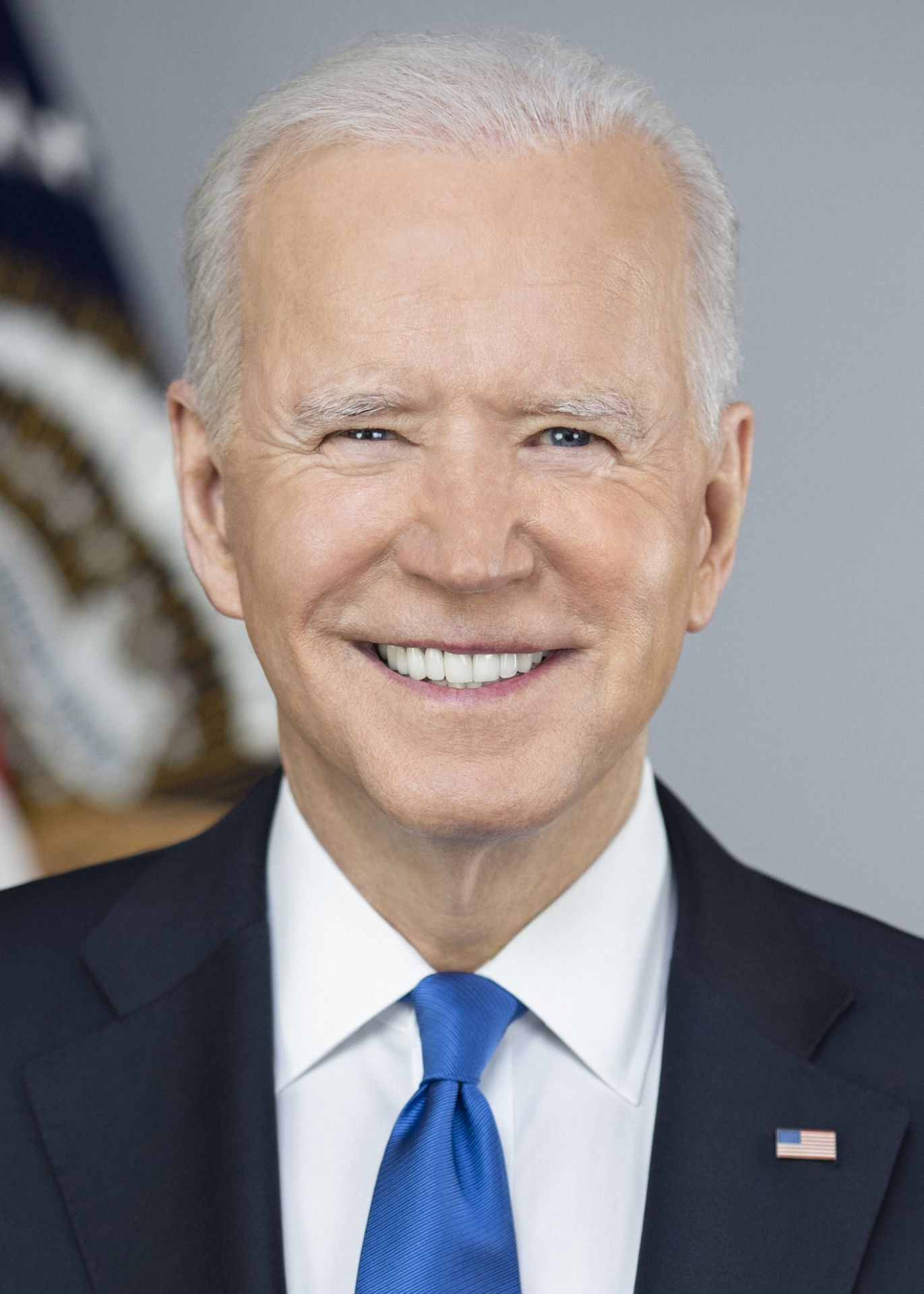Research being done at INL’s Energy Systems Laboratory is providing information on how nuclear power plants can contribute to effective energy storage and discharge, to aid in arbitrage. (Photo: INL)
Can nuclear power plants prosper in the grid of 2030 or 2035, when new wind and solar farms will make electricity prices even more volatile? Can plants install energy storage that will help them keep running at full power, 24/7, to ride out times of surplus and sell their energy only when prices are high?
High-voltage power lines carry electricity generated by the Tennessee Valley Authority to Oak Ridge National Laboratory. (Photo: Dobie Gillispie/ORNL, DOE)
The Tennessee Valley Authority and Oak Ridge National Laboratory have signed a memorandum of understanding to advance decarbonization technologies in pursuit of the federal government’s net-zero-by-2050 goal, the utility and the lab announced yesterday in a joint press release.
What role will nuclear play in meeting clean energy goals?
The 2021 ANS Annual Meeting brought together three leading chief executive officers from the nuclear industry on June 16 for a discussion centered on the future role of nuclear energy deployment and the challenges of portfolio management during a time of net-zero carbon goals.




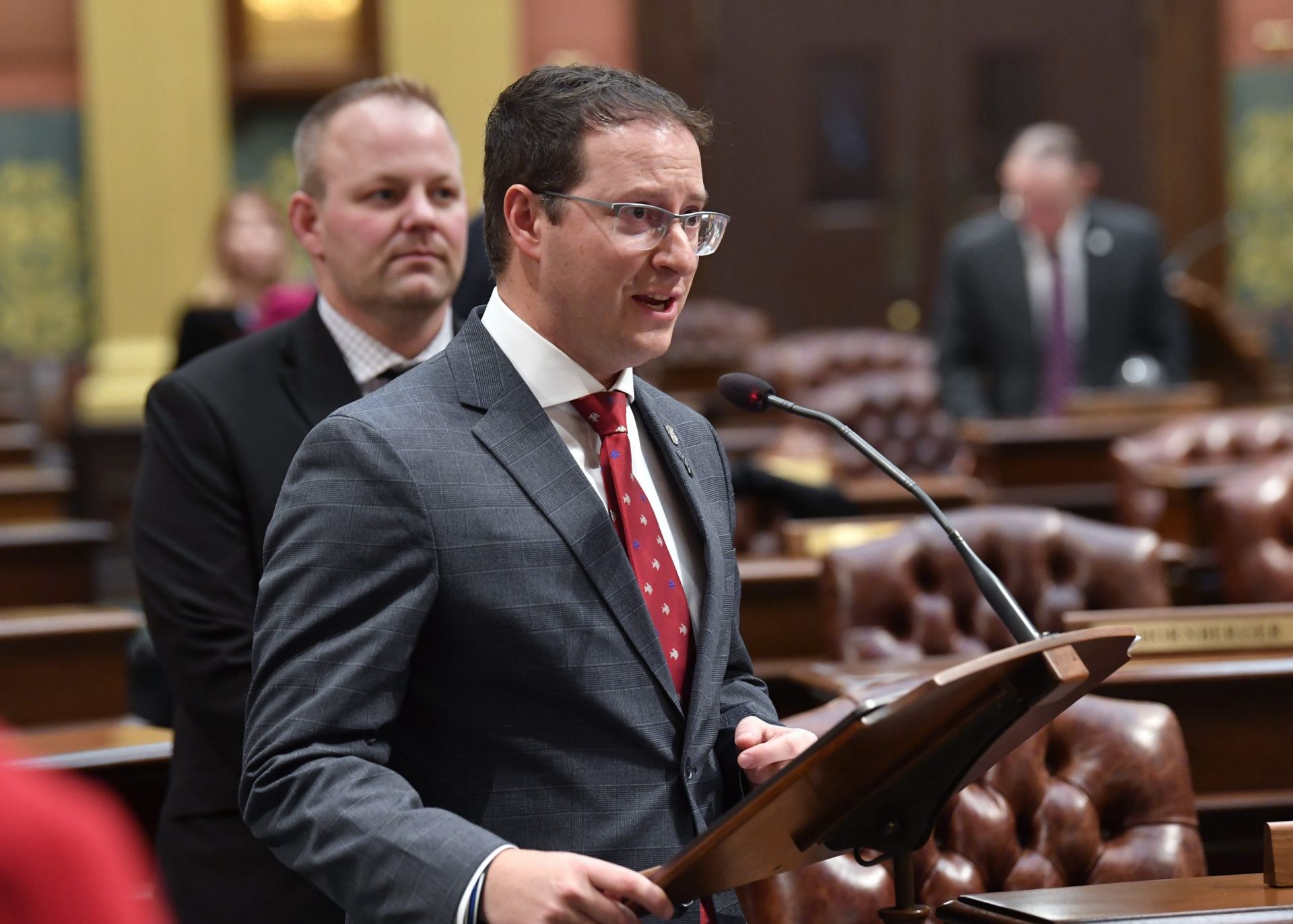
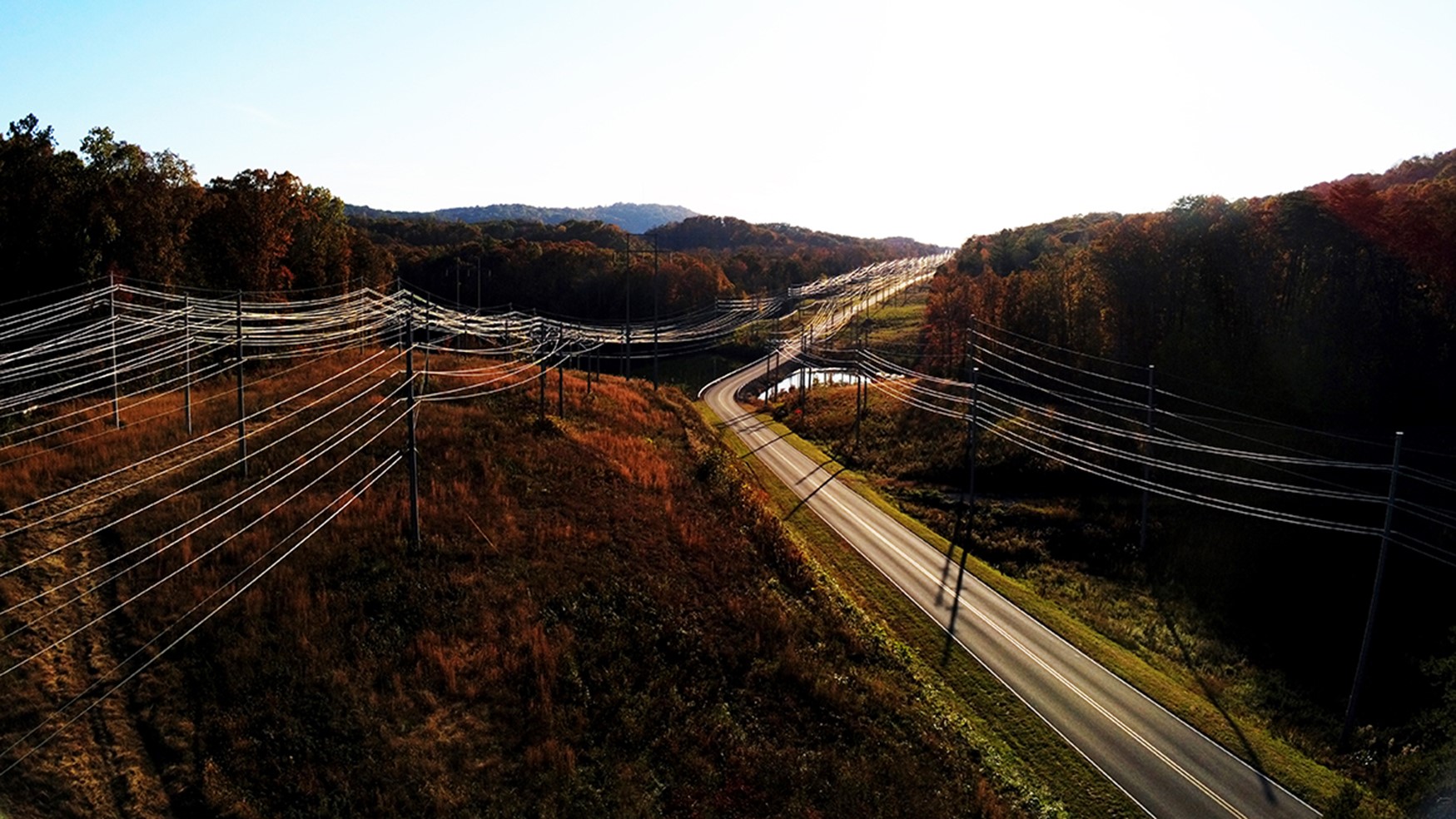
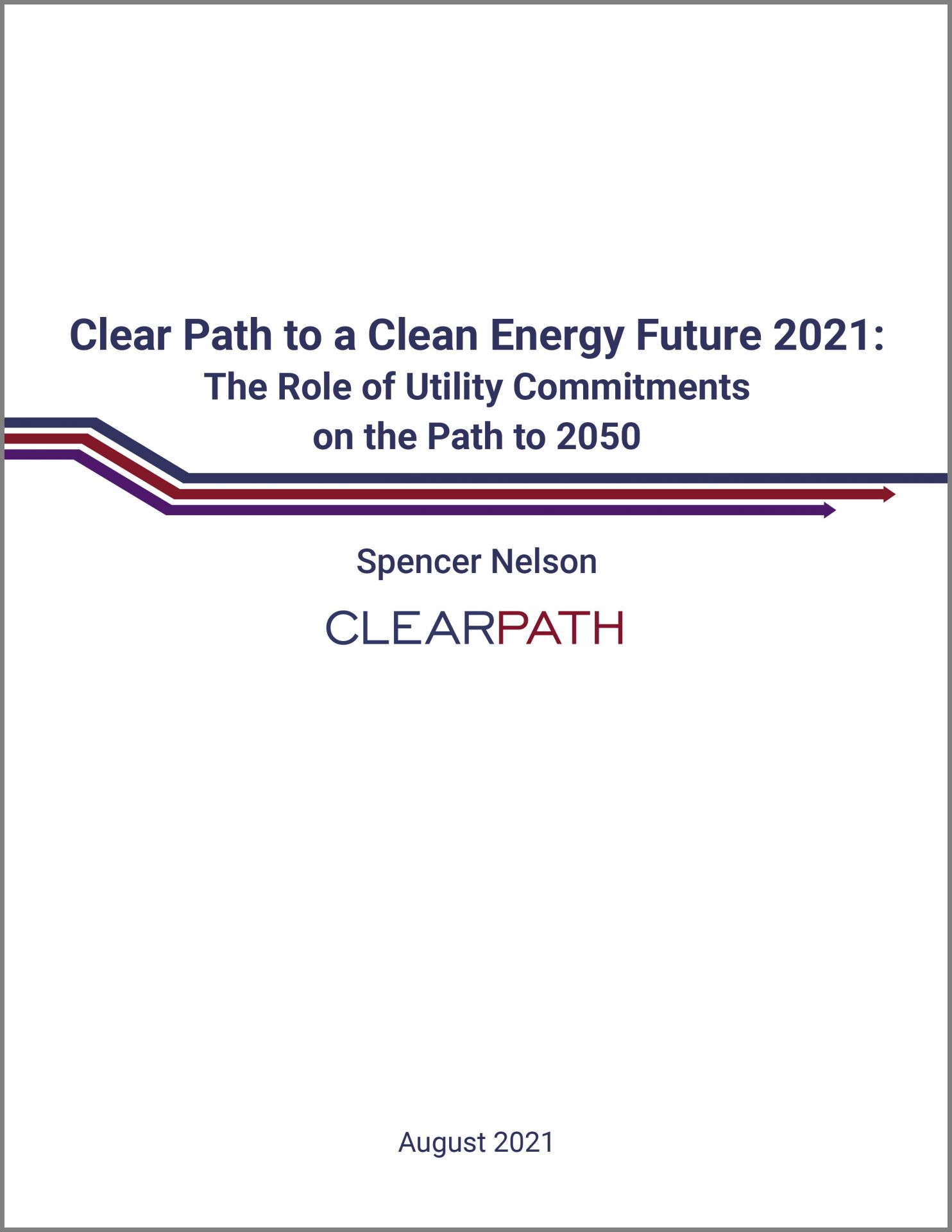 Carbon emission reductions from the power sector are likely to flatline after 2025 unless clean energy innovations and net-zero commitments from utilities pick up steam, concludes a report out this month from ClearPath, a conservative, Washington, D.C.–based clean energy nonprofit organization.
Carbon emission reductions from the power sector are likely to flatline after 2025 unless clean energy innovations and net-zero commitments from utilities pick up steam, concludes a report out this month from ClearPath, a conservative, Washington, D.C.–based clean energy nonprofit organization.